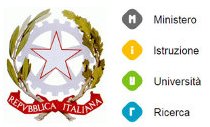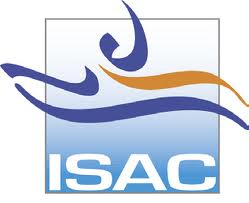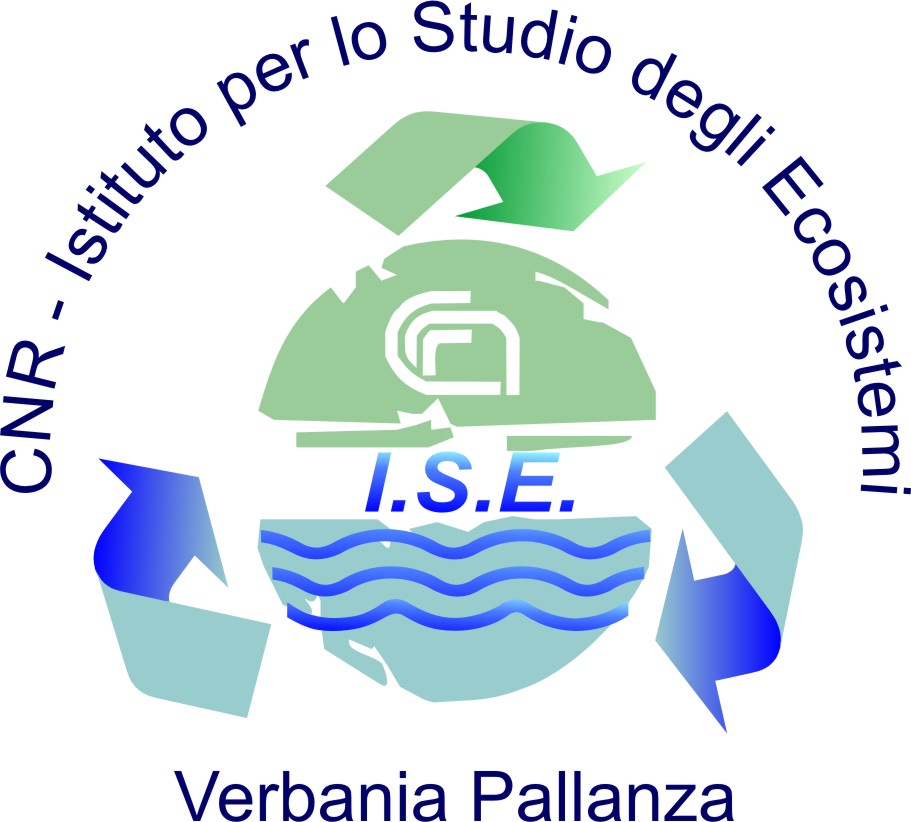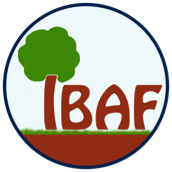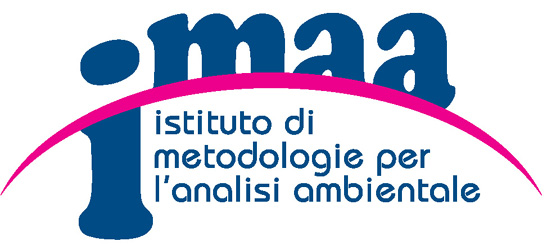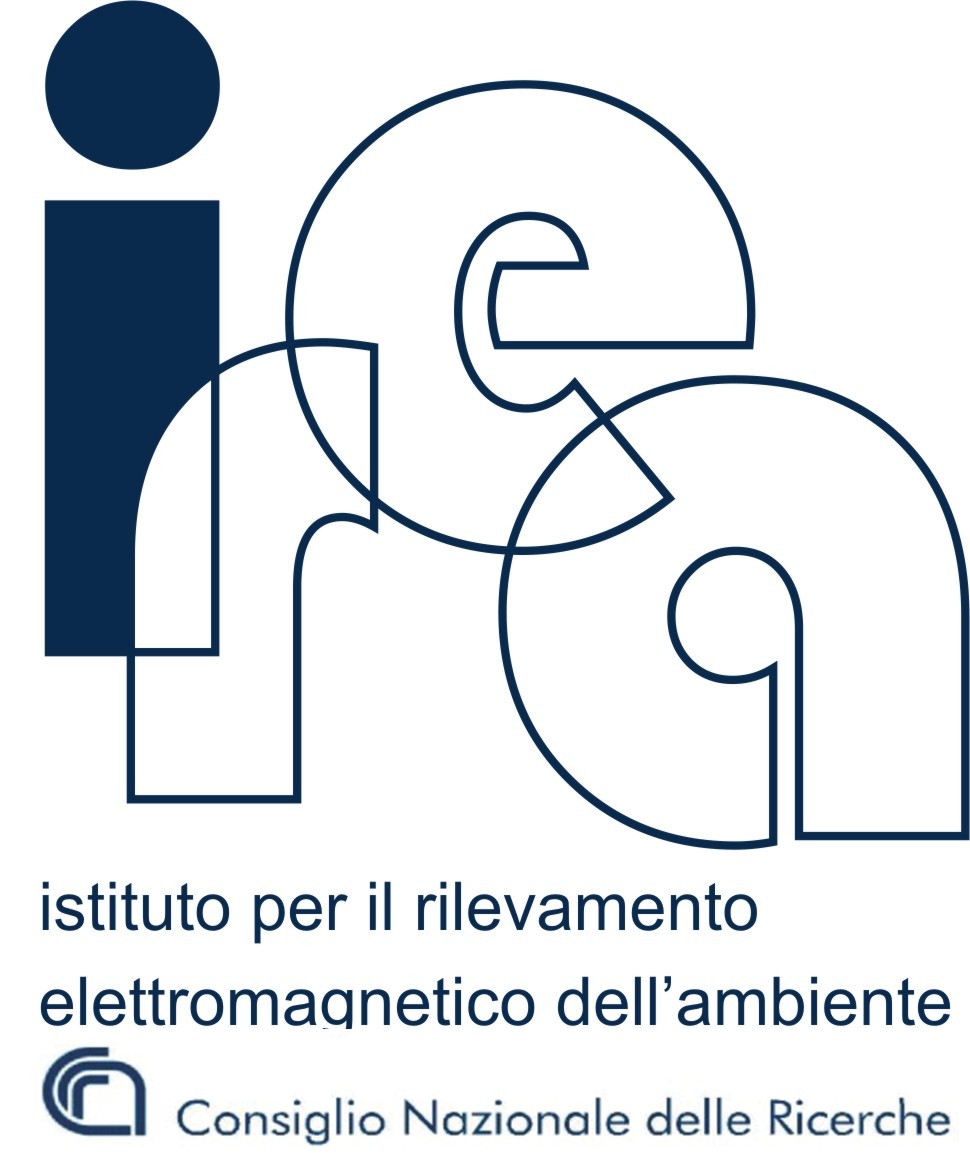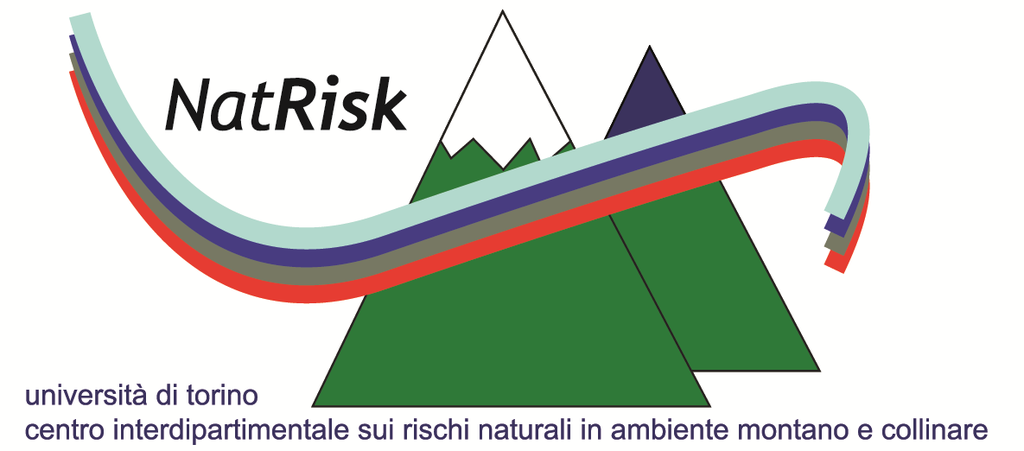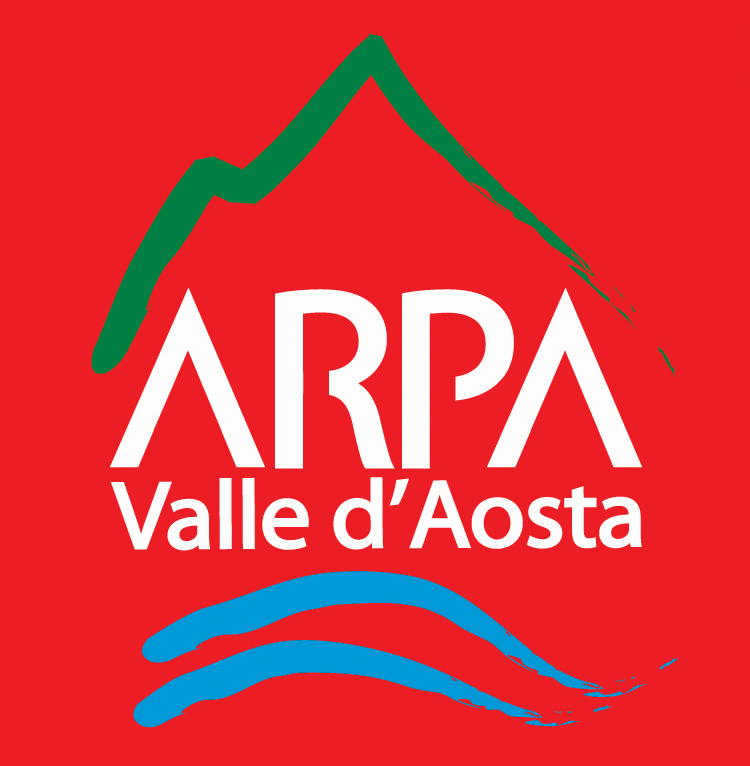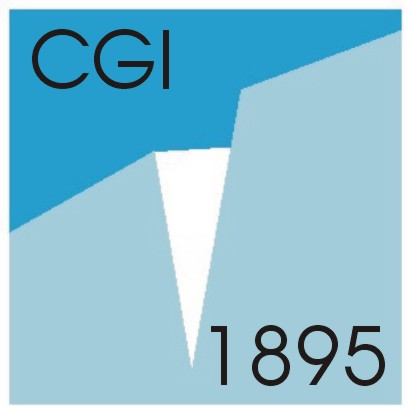You are here
WP 1.2 Underground water resources in mountain areas
The high sensitivity of mountains to climate change exposes the water cycle of this environment to significant variations, with consequences in terms of water availability and hydro-geomorphological processes. These effects in mountain regions also affect natural ecosystems and human activities downstream located, thus amplifying the needs of knowledge on mountain water resources for addressing and mitigating possible problems tied to their evolution. In the WP 1.2 several aspects of the water cycle in mountain environment have been dealt with, including the dynamic of groundwater systems and the monitoring of hydrologic variables and geomorphological processes.
Activities
• Task 1. This Task was devoted to deal with the groundwater yield and the physical-chemical features of major aquifer systems in selected mountain and foothill areas of Central and Northern Italy, including the analysis of the evolution of the groundwater over time in relation to meteo-climate conditions. The selected systems extend in Central and Northern Apennines (Mt. Amiata and Apuan Alps systems, respectively) and Alpine zones (foothill system of the Piedmont). The selection of these aquifer systems based on the different types of hydrodynamic conditions that they offer, thus providing a wide casuistry of groundwater behavior and typology of survey approach and data analysis to be adopted. Indeed, one of the aim was to provide approaches of work as reference strategies for investigating mountain aquifers.
• Task 2. These activities were aimed at analyzing the hydrological cycle in specific sites in the Alps and Apennines, with particular reference to the knowledge of runoff generation process and the occurrence of geomorphological events in relation to hydro-climatic conditions. For contributing in the knowledge advance of runoff generation processes, the main activity during the project was to develop the ‘Experimental Hydrological Database for Apennine Basins’ (DIBA, Database Idrologico Bacini Appenninici). The database was built basing on the collection of several hydro-meteorological time series of two pilot Apennines basins: the Upper-Chiascio basin (460 km2), in central Italy, and the Magra basin (1698 km2), in northwest Italy. Moreover, analysis addressed to the assessment of the monitoring network adequacy, the application of a continuous hydrological modelling for the two pilot areas, the investigation of the climate change impact on floods and to the post-event surveys of flash floods have been performed. As regards the geomorphological aspects, the main activity developed during the project was addressed to collect time series of ground deformation obtained by in-situ and by remote-sensing monitoring techniques. The work focused on some study areas, distributed in the Alps and Apennines territory including: i) two test sites in the Alps territory, Gardiola and Grange Orgiera landslides (Piedmont); ii) two test sites in the Apennines territory, Montaldo di Cosola (Piedmont) and Ivancich Landslides (Umbria); and iii) the territory of Valle d’Aosta region.
Results
Groundwater - The aquifer systems accounted in the project have been examined from different points of view, considering geological, hydrogeological and hydraulic-hydrodynamic features, as well as chemistry and water isotopes signature of groundwater. This comprehensive approach steered the definition of the aquifers conceptual model, comprising the kind of rocks hosting groundwater and their hydraulic properties, the arrangement of groundwater flow, the seasonal evolution of groundwater quantity and the chemical quality of groundwater. The statistical analysis performed on datasets from monitoring stations highlighted some trends over decades, both for groundwater quantity (piezometric levels, springs flowrate) and quality (chemical compounds concentration). Furthermore, numerical models of groundwater quantity were developed by different approaches, accordingly to the conceptual model and the hydrodynamic behavior of the aquifers. For the Alpine foothill aquifer, a physically-based model was implemented and calibrated over a wide area, thus quantifying the several terms of the groundwater budget, as well as their evolution along time. For the Central and Northern Apennines aquifers (Apuan Alps and Mt. Amiata area), empirical regression models were instead elaborated by a statistical approach for reproducing the flowrates evolution of major springs (mean flowrates higher than 400 L/s) in relation to the hydro-climatic parameters (e.g. rainfall, temperature, actual evapotranspiration and effective rainfall or water availability). Methodologies and results are widely discussed in the deliverables D1.2A,B.
Hydrology – The DIBA database was developed and collects hydro-meteorological time series for two Apennine basins (Upper-Chiascio and Magra River). The time series recorded by 66 rain-gauges, 63 thermometric stations, 8 hydrometric stations, 3 meteorological stations and one soil water content station are collected, available in WEB-GIS and downloadable. Furthermore, the database collects satellite precipitation data and thematic maps for the two areas, along with climate scenarios from different Global Circulation Models and the measurements of water content and flow velocity carried out during monitoring campaigns. The project also produced the following results: 1) assessment of the adequacy of monitoring networks; 2) development of a hydrological modeling; 3) analysis of the impact of climate change on the floods; 4) post-event surveys of flash floods.
Geomorphological processes – For Gardiola, Grange Orgiera, Montaldo di Cosola and Ivancich landslides, measurements derived from in-situ monitoring techniques were collected, including Total Station, GPS receivers, extensometers, inclinometers. For the Gardiola and Grange Orgiera measurements were provided by a permanent monitoring network since 2004, made up of topographic network with a Robotic Total Station (LEICA 2003 with Automatic Target Recognition ATR) were collected. For Montaldo di Cosola and Ivancich landslides, ground deformation measurements were provided by inclinometers were collected. For Ivancich landslide all the available measurements of ground deformation time series were provided by the SAR images. Moreover, for two specific sectors of the Valle d’Aosta region, new velocity maps and time series of ground deformation were prepared using the ESA’s Grid Processing On-Demand G-POD. In particular, the analysis focused on the rock glaciers, which occupy about 2% of the regional territory and represent a common periglacial landform in the region.

